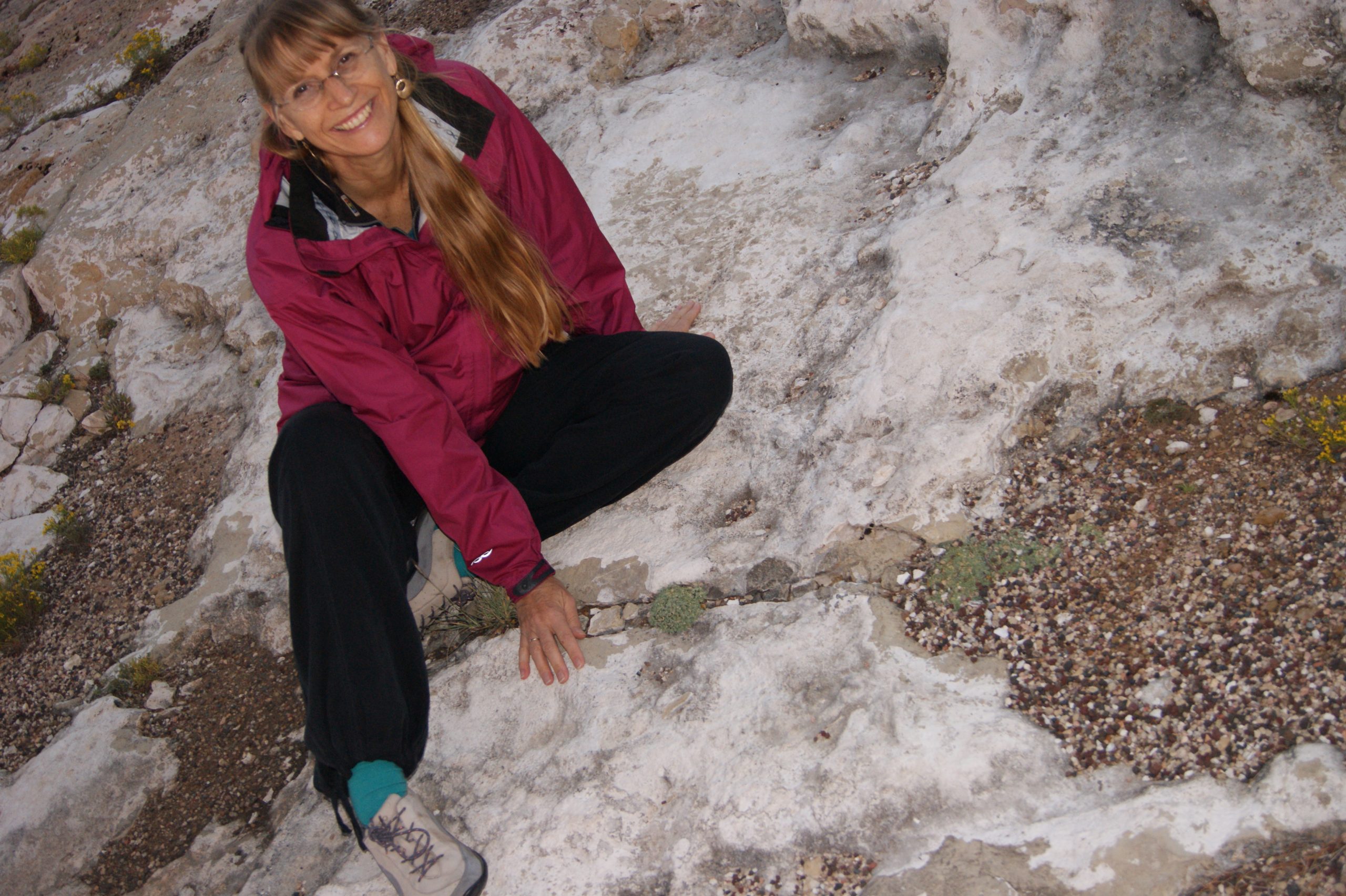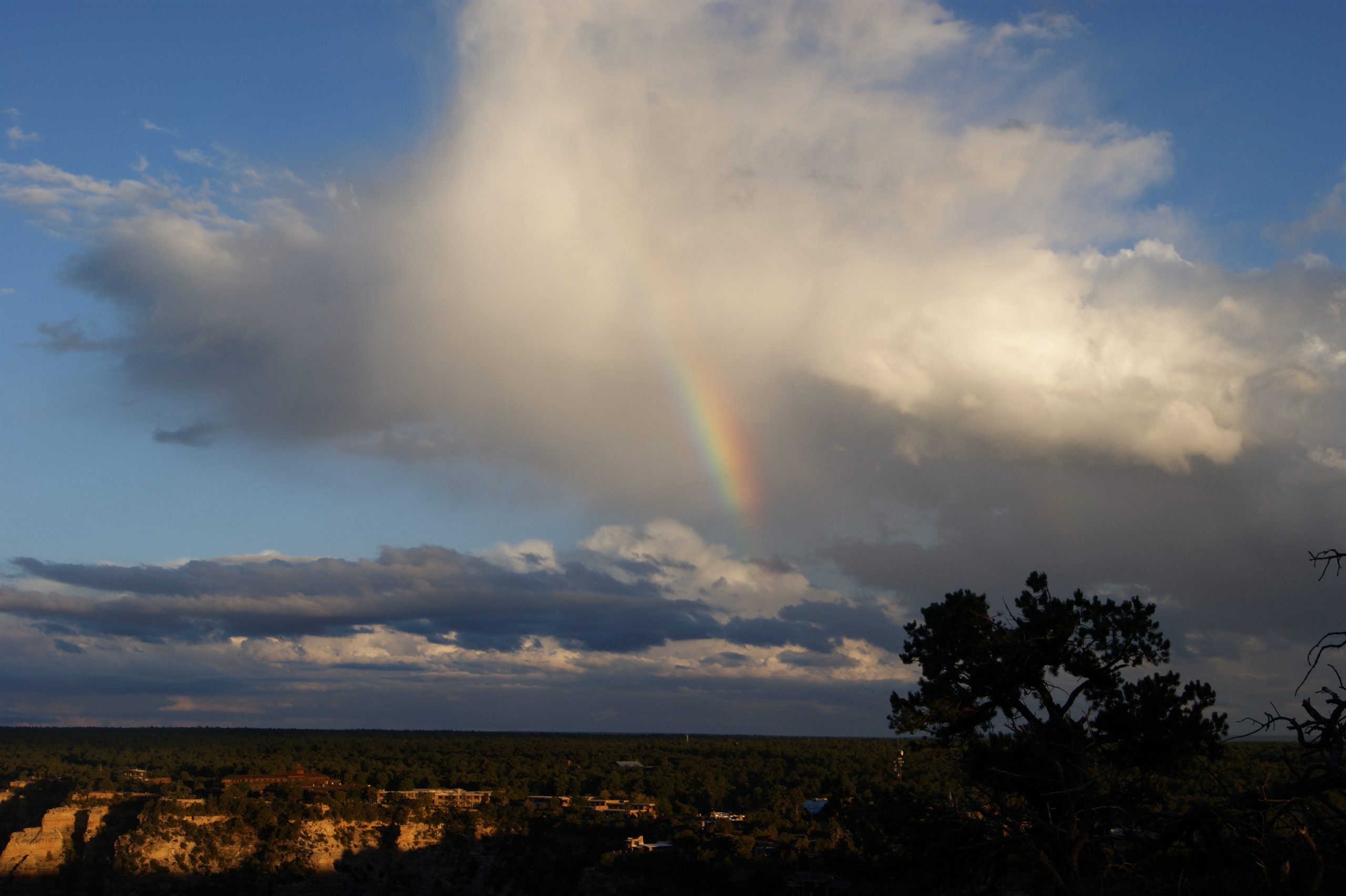A Career Grown by the Needs of Rare Plants
Joyce Maschinski didn’t imagine herself as a rare plant botanist, let alone Vice President of Conservation and Science at the CPC. The beautiful Arizona leatherflower was the first rare plant to catch her attention and turn her career – the first of many plants and colleagues to steer her towards her current role.
Despite completing a doctorate in botany, I, like many people, didn’t realize there were endangered plants in the U.S., much less in my neighborhood. I was aiming for an academic career when U.S. Forest Service botanist Renee Galeano-Popp hired me to evaluate the impact of timber harvest on Arizona leatherflower (Clematis hirsutissima var. hirsutissima), a rare perennial in the buttercup family. Using my scientific skills as a plant ecologist, I discovered that I could actually help protect this rare plant species. It was a realization that changed my career direction and ultimately led to the varied, interesting, and successful conservation of many rare plants across the nation. Solving the puzzles of rare plant population decline often required tools or methods outside of my experience, motivating me to seek collaborations with scientists or members of the public. These collaborations benefited the rare plants, and in turn, steered my career in new directions.
An example of that was my first population modeling, and my first rare plant reintroduction adventure conducted in the early 1990s. Sue Rutman, botanist for U.S. Fish and Wildlife Service had been monitoring sentry milkvetch (Astragalus cremnophylax var. cremnophylax) at Grand Canyon National Park for several years, documenting its decline. This tiny mat plant grew on Kaibab limestone platforms at a very popular overlook and suffered from trampling. Using Sue’s data, and collecting more after the population was fenced, I enlisted a colleague, Robert Frye, to help us model the population differences between the two. While it may seem common sense that the population would benefit from fencing and diversion of human traffic, proving it with data is more powerful. Showing positive growth projections into the future sure enhanced the protection for that little plant!
Documenting is one thing, actually helping improve the sentry milkvetch population numbers was another. For the reintroduction, I dutifully collected only 10% of the fruits produced one season and sowed 226 of them at the canyon in a replicated microsite experiment. Only two of them germinated. Reporting my results as a failure at one of my first CPC meetings only to have my CPC colleagues assure me that such low field germination is not uncommon and not a failure was another major “Aha!” moment in my career. Now I realize that it is important to begin a reintroduction with thousands of seeds! And ever since that time I have counted on the wise advice of my CPC colleagues to help me solve rare plant problems. By the way, one of those seedlings grew up to be a big momma, surviving and producing many offspring! Other seeds sprouted from the efforts. Plant conservation heroes at The Arboretum at Flagstaff and Grand Canyon National Park expanded the population and restored major portions of its habitat.
My plant conservation experiences, along with the wisdom of colleagues in the CPC network, culminated in the recommendations provided in the CPC Best Plant Conservation Practices Supporting Species Survival in the Wild. I have seen that my efforts from seed collection through cultivation and reintroduction have reduced extinction risk of many plant species. It’s been a great and fulfilling journey.


